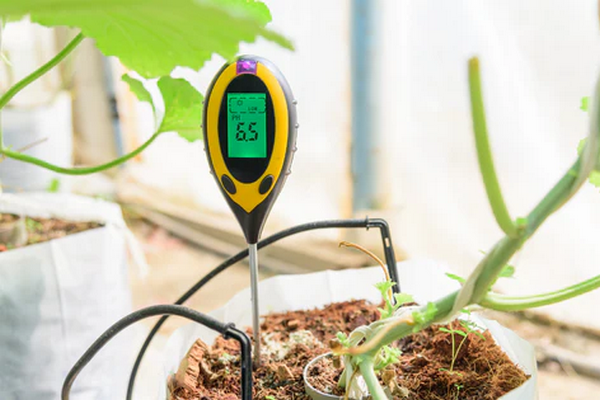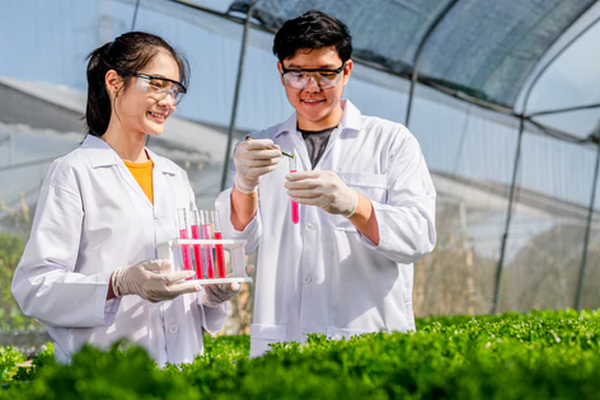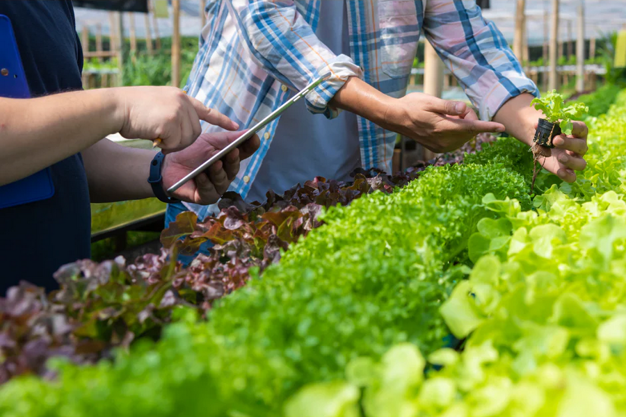Hydroponics has become a key innovation in agriculture, offering a soil-free and water-efficient way to grow crops year-round. However, this method requires careful planning, precision, and attention to detail. Even experienced growers can face challenges that may disrupt an otherwise successful system.
This guide tackles the ten most common hydroponic mistakes and offers actionable solutions to keep your plants healthy and your yields high. Whether you're new to hydroponics or seeking to refine your techniques, this comprehensive resource has you covered.
Neglecting pH Balance
Maintaining the correct pH in your nutrient solution is one of the cornerstones of hydroponic success. A mismanaged pH disrupts nutrient absorption, leaving plants malnourished despite your best efforts.
Why It's Critical: Each plant species thrives in a specific pH range. For most hydroponic crops, 5.5–6.5 is ideal. Outside this range, plants cannot access essential nutrients like nitrogen, potassium, and phosphorus, leading to deficiencies.
How to Avoid It: Regularly monitor your system's pH using a high-quality digital meter. Adjust levels with specialized pH up or pH down solutions, and recheck to ensure stability. Avoid makeshift fixes like vinegar, which can destabilize the solution over time.

Improper nutrient management
Providing the correct nutrient concentration is a balancing act. Too much leads to toxicity; too little results in nutrient deficiencies.
Overfeeding Symptoms: Leafburn, wilting, or salt deposits on plant roots.
Underfeeding Symptoms: Yellowing leaves, stunted growth, or reduced yields.
Solution: Use an electrical conductivity (EC) meter to measure nutrient strength and adjust it according to the plant's growth stage. Seedlings require lower concentrations, while mature plants need more robust nutrient mixes. Keep records to fine-tune your approach for future crops.
Using poor-quality water
Water is the lifeblood of hydroponics, and its quality directly affects plant health. Tap water often contains contaminants like chlorine, fluoride, or excessive minerals that can harm your plants.
Understanding the nuances of hydroponic systems often involves questions about water quality, lighting, and maintenance routines. For instance, many growers wonder whether tap water is suitable for hydroponics or how frequently to replace nutrient solutions.
While tap water can be used in some cases, its suitability depends on the level of dissolved minerals and chlorine. Filtering or dechlorinating the water eliminates potential risks. As for nutrient solutions, refreshing them every two weeks prevents imbalances and ensures optimal plant nutrition.

Lack of proper system maintenance
Hydroponic systems are susceptible to algae, mold, and clogs when not cleaned regularly. Neglecting maintenance can lead to long-term damage and reduce your yields.
Common issues: Clogged tubing, stagnant water, and biofilm build-up.
Solution: Schedule weekly cleanings for essential components like reservoirs and pipes. Sanitize between harvests using food-safe disinfectants like hydrogen peroxide. Maintain good airflow and avoid overexposure to light to minimize algae growth.
Underestimating the importance of oxygen
While plants absorb carbon dioxide through their leaves, their roots require oxygen to function efficiently. Hydroponic systems that fail to oxygenate the root zone can suffocate plants, leading to root rot.
Signs of poor oxygenation: Wilting, slimy roots, and nutrient deficiencies.
Solution: Use air stones or diffusers in the nutrient reservoir to increase oxygen levels. Keep the water temperature below 75°F to retain dissolved oxygen. Consider adding hydrogen peroxide as a short-term solution to improve root oxygenation.
Poor lighting practices
Another common concern is lighting, particularly the hours required for different crops. Leafy greens flourish with 12–16 hours of light, while flowering plants may demand longer periods. Proper positioning and quality lighting significantly influence growth rates and yields.
Light plays a pivotal role in photosynthesis, and improper lighting setups can stunt growth or waste energy.

Ignoring humidity and airflow
Humidity and airflow are often overlooked but are critical to preventing diseases like powdery mildew or damping-off.
Why it matters: High humidity fosters mold growth, while stagnant air weakens plants.
Solution: Maintain a relative humidity of 50–70%, depending on your crop. Use dehumidifiers in humid environments and oscillating fans to ensure consistent airflow. Proper spacing between plants is equally important for circulation.
Choosing the wrong growing medium
Your growing medium serves as the foundation for plant roots, influencing water retention, aeration, and nutrient delivery. Selecting the wrong one can derail your efforts.
Popular mediums: Coco coir, perlite, rockwool, and grow mats.
What to avoid: Using overly dense mediums that retain too much water or fail to drain properly.
How to choose: Match your medium to the crop and system type. For example, coco coir works well for larger plants like tomatoes, while bamboo grow mats are ideal for microgreens.
Overcrowding plants
Overcrowding causes competition for light, nutrients, and space, ultimately reducing yields and increasing disease risk.
Signs of overcrowding: Yellowing lower leaves, uneven growth, and pest infestations.
Solution: Follow spacing guidelines for your crops. For larger systems, stagger planting times to maintain optimal spacing as plants mature.
Failing to recognize stress symptoms
Plants communicate through visual cues, but many growers fail to act on early signs of stress until the damage is irreversible.
Common symptoms: Wilting, leaf discoloration, and slow growth.
How to prevent this: Conduct daily inspections of your system. Keep a grow journal to track changes in nutrient levels, light conditions, and plant health, allowing you to identify trends and adjust accordingly.
Source: VegBed
